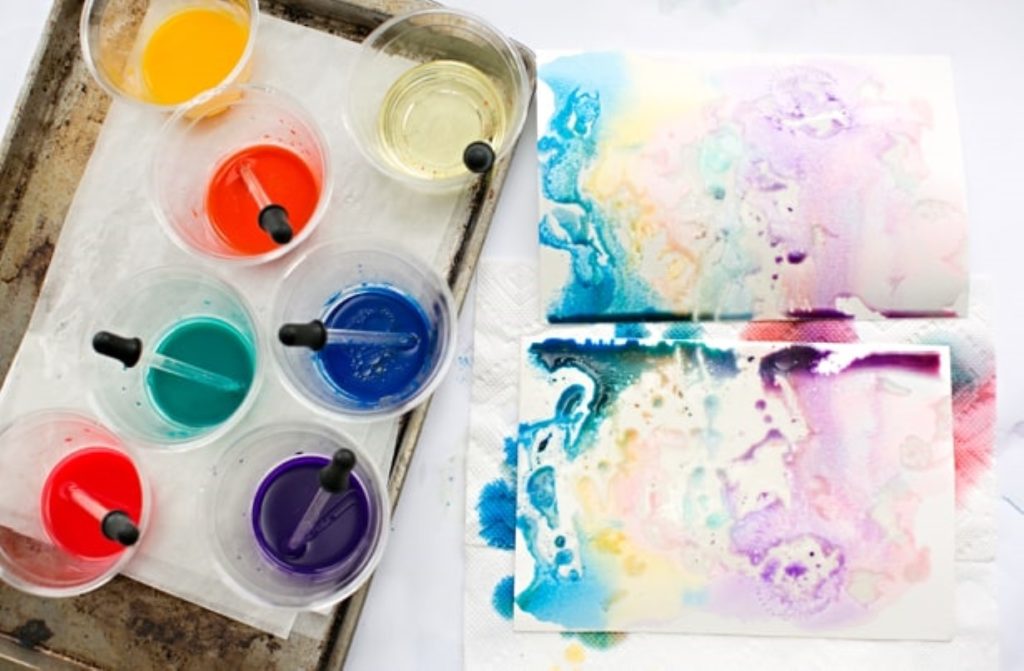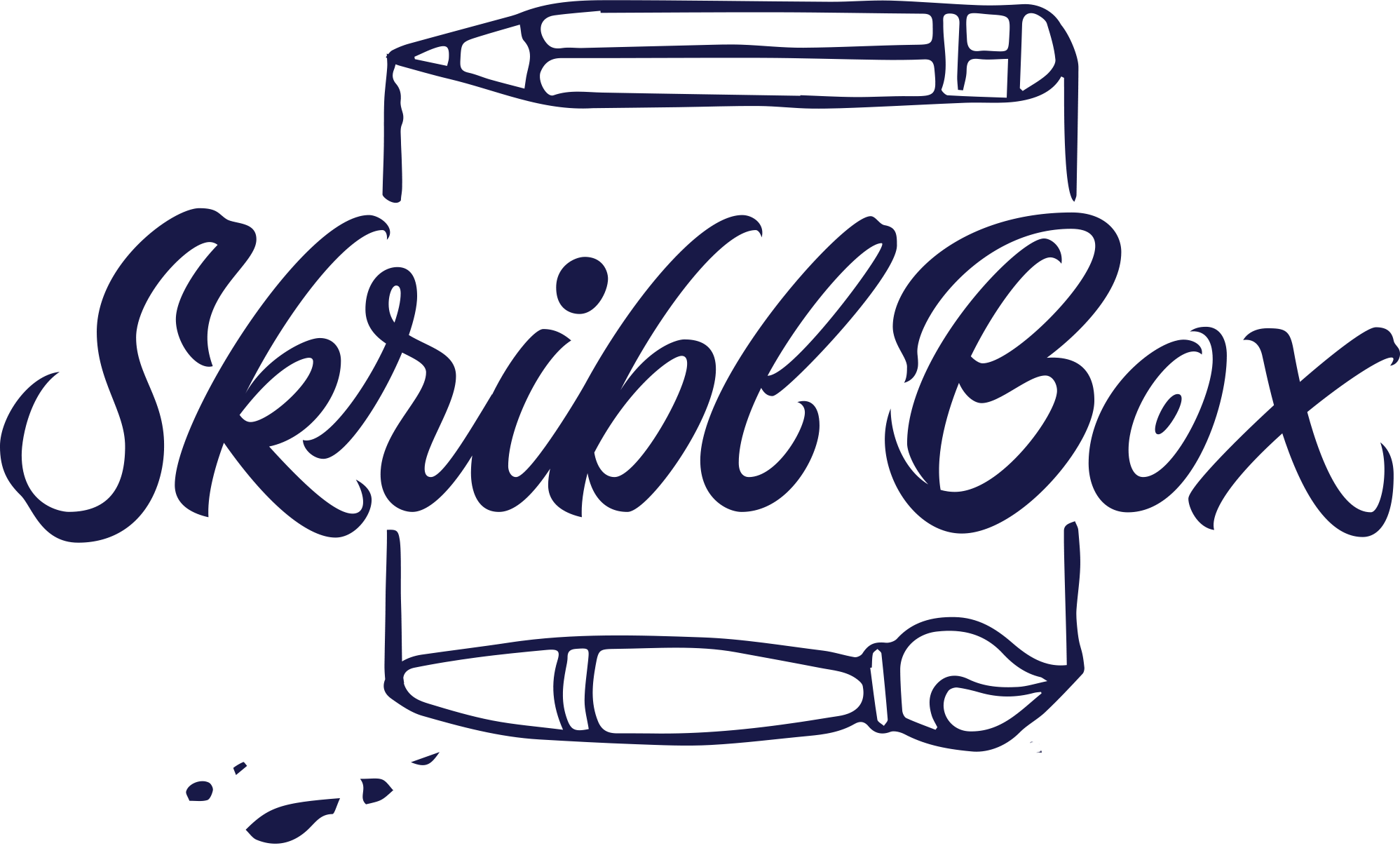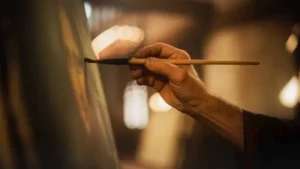
A Detailed Guide to Using Watercolour Paints
If you want to produce breathtaking, dreamy works of art with watercolor painting, this guide is a perfect read for you regardless of your level of experience.
Watercolor paints are enriched with vibrancy and are the most loved medium due to their adaptability. Let’s unleash your creativity and make your imagination come to life, from understanding your materials to mastering various techniques of watercolor paints. Before hopping on the journey lets gather some basic information about watercolor paints.
Types of watercolor paints
The two basic forms of watercolor paints are
Pans are dried paint and water is used to activate the solid, compact cakes. They are ideal for outdoor or on-the-go painting, as they are lightweight and practical to use. The other type of watercolor paint comes in tubes. Paint that can be squeezed onto a palette from tubes is semi-moist or wet. Artists that work with larger canvases or need more vibrant colors tend to favor this type.
Tubes offer versatility and flexibility, while pans are good for precise work and controlled application. These varieties are available in an extensive array of hues, which enables watercolor artists to produce a variety of color schemes and effects.
A must for watercolor paints: Essentials
But before learning how to paint with watercolors let’s discover the essentials for painting with watercolor
- 1. Watercolor Paper: To avoid warping and guarantee the best results, use heavyweight, acid-free watercolor paper.
- 2. Paintbrushes: To create various textures and strokes, get a range of watercolor brushes, such as filbert, flat, and round brushes.
- 3. Palette: To mix and dilute colors, use a palette with wells. Palettes made of plastic or ceramic are simple to clean.
- 4. Water Containers: Maintain two water containers, one for mixing clean water and the other for cleaning brushes.
- 5. Masking Tape: To keep your paper from warping while painting, secure the edges with masking tape.
- 6. Eraser and pencil: Before you paint, make a quick pencil sketch of your design. Erasers can be used to help with error correction.
- 7. Brush Storage: To ensure that your brushes stay in good shape and condition, store them correctly.
- 8. Paper Towels or Rags: Paper towels or rags are useful for producing textured effects, wiping off excess water from brushes, and blotting.
- 9. Spray Bottle: You can use a spray bottle to add unique textures to your paper, keep paints moist, and moisten your palette.
How to use watercolor paints? Steps with a pinch of techniques
To get the desired effects, using watercolor paint requires a combination of techniques and considerations. Here’s a detailed tutorial on using watercolor paint:
- 1. Arrange Your Desk: The first step is to set your working space. Arrange all the supplies for painting which should include; brushes, a spray bottle or a container filled with water, watercolor paper, and tissue/towel.
- 2. Get Your Palette Ready: Put a tiny bit of each color you want on your palette. Use a brush to wet the colors to activate them if you’re using pans. If you are using tube paints use a spray to wet the paint, it will give you the ideal consistency to work.
- 3. Pick Your Brushes: Choose your brushes according to the kind of details and strokes you wish to accomplish. While flat brushes work well for washing, round brushes are more adaptable.
- 4. Wet Your Paper: Using a fresh brush or a spray bottle, evenly moisten the watercolor paper. By doing this, the paint won’t absorb too rapidly.
- 5. Mix Colors: To get the right hues, play around with color mixing on your palette. To achieve lighter shades, dilute the colors with water.
- 6. Start with Light Washes: Apply a thin layer of diluted paint to start with light-colored washes. This enables you to progressively add layers.
- 7. Allow Time for Drying: Give your painting enough time to fully dry in between layers or before adding any fine details. By doing this, accidental color bleeding is avoided.
- 8. Last Details: Use a smaller brush to add any last details. Once mostly dry, fine lines, highlights, and detailed details can be added.
- 9. Sign and Seal: After your painting has completely dried, sign it and, if you’d like, seal it with a varnish or fixative.
Tips For Using Watercolour Paints
- 1. Use high-quality watercolor paper to avoid warping.
- 2. Test colors on a scrap piece of paper to get practice with color control.
- 3. The unpredictable nature of watercolors should be embraced, so have patience.
- 4. In between colors, give your brushes a good cleaning.
Techniques For Using Watercolour Paints
- 1. Texturing Techniques: To produce distinctive textures and effects, try dry brushing, splattering, or applying salt.
- 2. Learn about the Wet-on-Wet Method: While the paper is still wet, apply a different color to create beautiful textures and delicate blends. Permit the colors on the paper to blend harmoniously.
- 3. Work Wet-on-Dry: After the first wash has dried, use the wet-on-dry method to work on particular layers or details. More control and sharper lines are produced as a result.
- 4. Lift Color if Needed: Apply a clean, damp brush or paper towel to the color while it’s still wet to create highlights or fix errors.
- 5. Layering: Try different approaches to layering by waiting for each coat to dry completely before adding the next. This gives your painting more depth and vigor.
Conclusion
In summary, painting with watercolors is not just fun but a delight for artists of all levels. We have shared all the secrets of how to use watercolor paints. Always set your workspace first ensure it is tidy and well-stocked with all the essentials discussed above. Play around with color mixing on your palette and investigate the wet-on-wet method to create stunning textures and blends. As you advance, use the wet-on-dry technique to achieve finer lines and greater control. Accept the unpredictable nature of watercolors and let the layers dry in between uses. If necessary, don’t be afraid to lift or adjust colors. Put the final touches on your masterpiece and give it enough time to dry completely.
Watercolor painting can be a fulfilling and expressive creative endeavor with the right technique, and quality material and skriblbox is the go-to place for artists when it comes to quality.






